| Image | Plant | Status | Notes | Events |
|---|---|---|---|---|
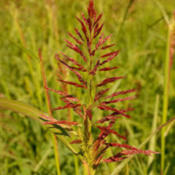 |
Redtop (Agrostis gigantea) |
Have Seeds Collected or purchased 2023 Perennials Grasses Invasive Weeds Full Sun Winter Sow |
Anne 2023 | |
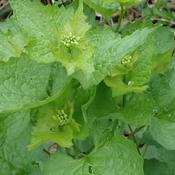 |
Garlic Mustard (Alliaria petiolata) |
Have Biennials Edibles Medicinal Seasoning Flowers Invasive Weeds Plants Successfully Growing |
Collected seeds August 2020. Native to Europe, western and central Asia, north-western Africa, Morocco, Iberia, and the British Isles, north to northern Scandinavia,[2] and east to northern Pakistan and Xinjiang in western China. Garlic mustard greens are high in Vitamin A and Vitamin C as well as trace minerals, chlorophyll, and enzymes. The roots taste like horseradish and can be pickled or used in soups as a root vegetable. The seeds when ground makes a fabulous mustard sauce and the dried greens can be made into a paste like wasabi. Young first-year garlic mustard plants contain up to 100ppm cyanide, a level that is toxic to many vertebrates. Once the plant is chopped up the cyanide gas is eliminated. Hardiness zone. 4a - 8b. |
|
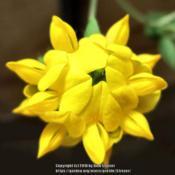 |
Bird's Foot Trefoil (Lotus corniculatus) |
Have Seeds OP Collected or purchased 2024 Perennials Medicinal Flowers Invasive Weeds Full Sun Winter Sow |
Tomatoes Galore Swap - TomatoNut95 - Bonus gift from my Victory Seed order that just arrived yesterday. 2024 Birdsfoot trefoil is a useful conservation plant but also an invasive weed in low maintenance turf areas maintained at high mowing heights. This species often appears as patches and clumps in under-fertilized lawns and institutional grounds, and in utility areas along roads and highways. Zones 4a-9b. 90 to 120 days. |
|
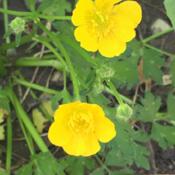 |
Creeping Buttercup (Ranunculus repens) |
Have Collected or purchased 2021 Perennials Flowers Invasive Weeds Plants Successfully Growing |
2021 Chicagoland Annual Plant Swap | May 15, 2021: Obtained plant (2021 Chicagoland Annual Plant Swap) |
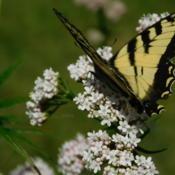 |
Valerian (Valeriana officinalis) |
Have Seeds OP Collected or purchased 2024 Collected or purchased 2023 Perennials Edibles Medicinal Flowers Herbs Invasive Weeds Full Sun Part Shade |
Fast n Furious Swap - WF - 2023 Tomatoes Galore Swap 2024 - dave - Victory Seed Company, packed for 2024. Valerian is easily grown in average garden soils in full to part sun. Its preference is full sun, with consistently moist conditions, and soil consisting of fertile loam but can adapt to less ideal circumstances. It can be grown in part shade, however, the stems may flop. The more shade, the more this condition will increase. It is a non-native herb that has escaped cultivation and has spread primarily in the northern US as it prefers cooler weather and abundant rainfall. It spreads by rhizomes and seeds and can be weedy. It is listed as a noxious weed in Connecticut and Wisconsin. It is grown medicinally for the sedative effects of the drug valerian that is obtained from the roots. Other uses are in foods, perfumes, and teas. An oil obtained from the leaves and root is used as a flavoring in ice cream, condiments, and baked goods. Insects, Diseases, and Other Plant Problems: No serious insect or disease problems. Can become weedy and invasive. Its presence in the wild may displace native plants. When used as a medicinal, prolonged use can lead to addiction. Adverse effects can include headaches, nausea, agitation, heart palpitations, and insomnia. Garden valerian (Valeriana officinalis) is a perennial non-native invasive plant of sunny wetlands and roadsides. Untreated, this plant can form dense infestations that replace native vegetation and harm wildlife habitat. Valerian grows in a wide range of soils but prefers a moist, but well-drained loam. PLANT HEIGHT: 48-78". PLANT SPACING: 12-18". HARDINESS ZONES: Zones 3-9. |